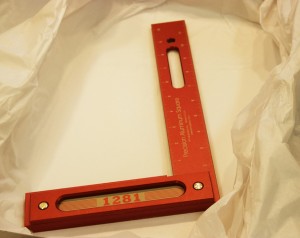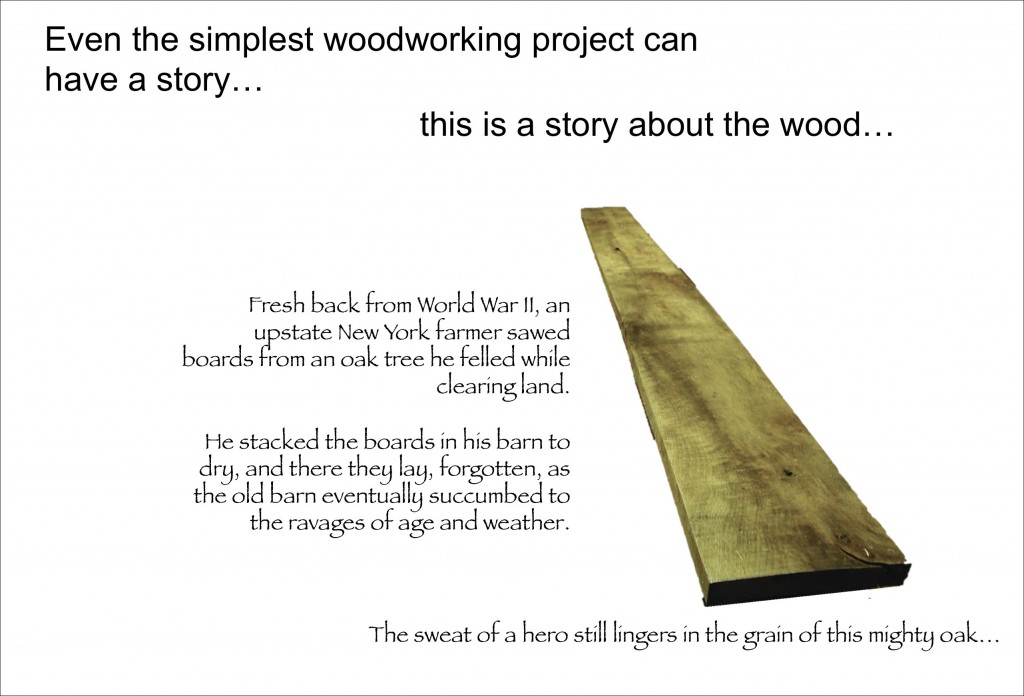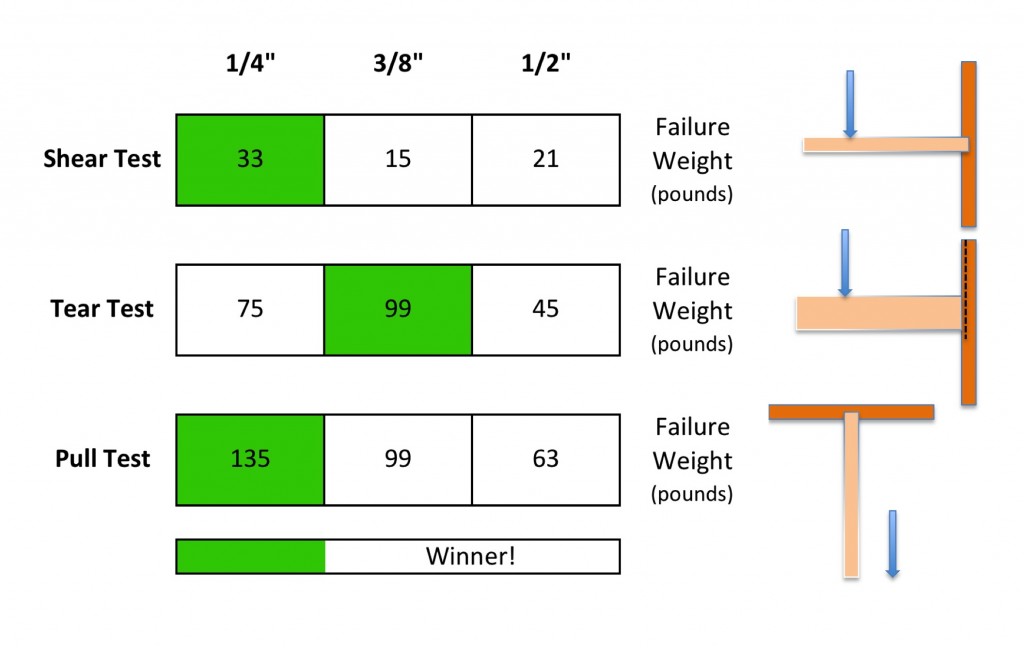Welcome to our 2015 Woodworking Resolutions blogger series. Every year we invite our bloggers to share their resolutions specific to their woodworking goals for the new year. Click each link below to read our bloggers resolutions!
Steve Johnson
Like about 99.9% of people, my New Year’s resolution list includes the usual casually made, easily ignored, and quickly forgotten promises… lose weight, exercise more, be nicer to my wife (well, maybe I’ll work on that one). But I added one to the list that I am determined not to forget or ignore.
In 2015 I want to find ways to reach more beginners and potential new woodworkers. It has become, in fact, what you might call a “grand obsession.” And there are several good reasons for it.
Woodworking attracts good people. Or perhaps woodworking makes people good. Either way, we need more good people. In everyday walking around life, a significant percentage of people are just real jerks. But, I’ve met thousands of woodworkers and only a couple fit that less-than-pleasant description.
Woodworkers speak the same language worldwide. We use similar tools, we use the same joinery, and we enjoy the craft and work hard to get better. I’m convinced that people who speak the same language, share a common bond so to speak, are much more likely to get along. The world could use a little more “getting along.”
More woodworkers translate to more of everything (except maybe wood!). More woodworkers lead to more innovation, more tools, more magazine subscriptions, more newsletters, videos, and classes. Sometimes I feel like I’m on overload already, but bring it on. I would rather be inundated than starving for my daily woodworking fix.
As a woodworker, my skills are probably slap in the middle of a big range, from beginner to master (closer to the bottom quartile, I often think). But I do like to share my knowledge and experience. There is not much, if anything, I could teach the great ones, but I could impart some tips, tricks, wisdom, and experience to newbies.
Probably due to the inordinate amount of time we spend doing mind-numbing things, like sanding, woodworkers are deep thinkers. We ponder and we analyze. Less tweeting and texting and more thinking would also likely make the world a better place.
Whether you consciously try or not, we woodworkers are pretty good stewards of the environment. Frugality seems to be a common trait, and there is never (almost never) a scrap of wood haphazardly tossed away. We fret over what to do with our woodchips and sawdust, we cry when a finish hardens in a can. We save nuts and bolts like they are family heirlooms, and we find creative ways to use stuff other people cast aside.
And, perhaps most importantly, woodworkers are generous with their time, talents, tools, projects, tips, techniques, and of course, opinions. If you think opinionated sounds negative it is not at all… because we also say, “bring it on”… we woodworkers love to have a healthy debate.
More new woodworkers… that’s my sincere resolution for 2015 and beyond. I think I’ll go text my wife and tell her how great she is… right after I eat that last cinnamon bun and take a nap.
Steven Johnson is retired from an almost 30-year career selling medical equipment and supplies, and now enjoys improving his shop, his skills, and his designs on a full time basis (although he says home improvement projects and furniture building have been hobbies for most of his adult life).
Steven can be reached directly via email at downtoearthwoodworks@me.com.
Click below for more bloggers 2015 Woodworking Resolutions:






